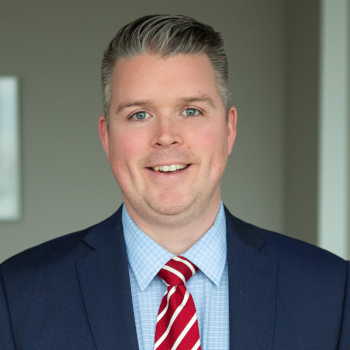Don’t Overlook a Guarantee of 20%, ever
Jan 23, 2017
When a child is a resident of Canada and receives a permanent social insurance number, they instantly qualify for Registered Education Savings Plan (RESP) benefits. For example, every dollar invested in an RESP attracts a 20% grant through the Canada Education Savings Grant Program (CESG). The annual amount added to the grant room is $500 per beneficiary, and the maximum amount of CESG that can be received in any given year is $1,000. A $2,500.00 annual deposit collects the beneficiary a $500.00 grant up to and including the year the child turns 17, to a lifetime limit of $7,200.
There is a lifetime maximum of $50,000.00 in deposits that can be made to a beneficiaries RESP, which would attract another $7,200 in tax-free grants. When funds are redeemed, they are taxable in the hands of the beneficiary, if if he/she attends a post-secondary institution in an eligible program. Due to lower incomes, education credits and deductions, the beneficiaries can typically redeem the funds tax free.
Deferred growth, a guarantee of 20% and the potential to spend the funds tax free. Why do so many overlook these plans? These are the top 5 most common misconceptions:
- Does my child have to attend a Canadian university? Incorrect. The beneficiary only needs to be registered in full-time studies to qualify. The definition of full time varies based on the educational institution. The institution can be anywhere in the world but must qualify as post-secondary education. Colleges, trade schools and polytechnic schools can be used as well.
- I don’t want to lock up my money if my child does not attend education after high school. If the beneficiary does not use the funds: Option one, RESPs allow for the owner to migrate the funds into their Registered Retirement Savings Plan (forgoing the grant portion) on a tax-deferred basis (you must have available RRSP room); Option two, siblings can access each other’s RESPs, subject to some limitations. Option three, you can close the plan, forego the grant and use the funds you contributed for whatever purpose you choose.
- I don’t have any children. What about friends’ children, nieces, nephews and grandchildren? With the primary caregivers written permission, you can set up an RESP for your friend’s child, or a niece, nephew or grandchild. Alternatively you can simply give the plan owner money to be contributed into their preexisting RESP.
- I heard RESP investment options are not good. The only reason you may have seen fewer investment options or low-quality options for RESPs is due to that specific organization’s limitations. Individual securities, bonds, ETF’s, mutual funds, high-interest cash accounts and GICs are all RESP eligible. BONUS – if your child is over 6 years old, they can receive $1,200.00 tax-free directed to their RESP without you making a single deposit (BC Training and Education Savings Grant - BCTESG)
- You can only use the RESP to pay for tuition and books. Incorrect, one must only prove the beneficiary is in full-time studies to access the RESP funds (acceptance letters qualify). There are annual maximums based on certain assumptions. However, beneficiaries can use the RESP proceeds for travel, food, rent and other direct expenses incurred due to their educational paths.
Estate Planning Misconceptions
In this 5-minute webinar, we explore an important but often misunderstood area of financial planning.
Learn More







